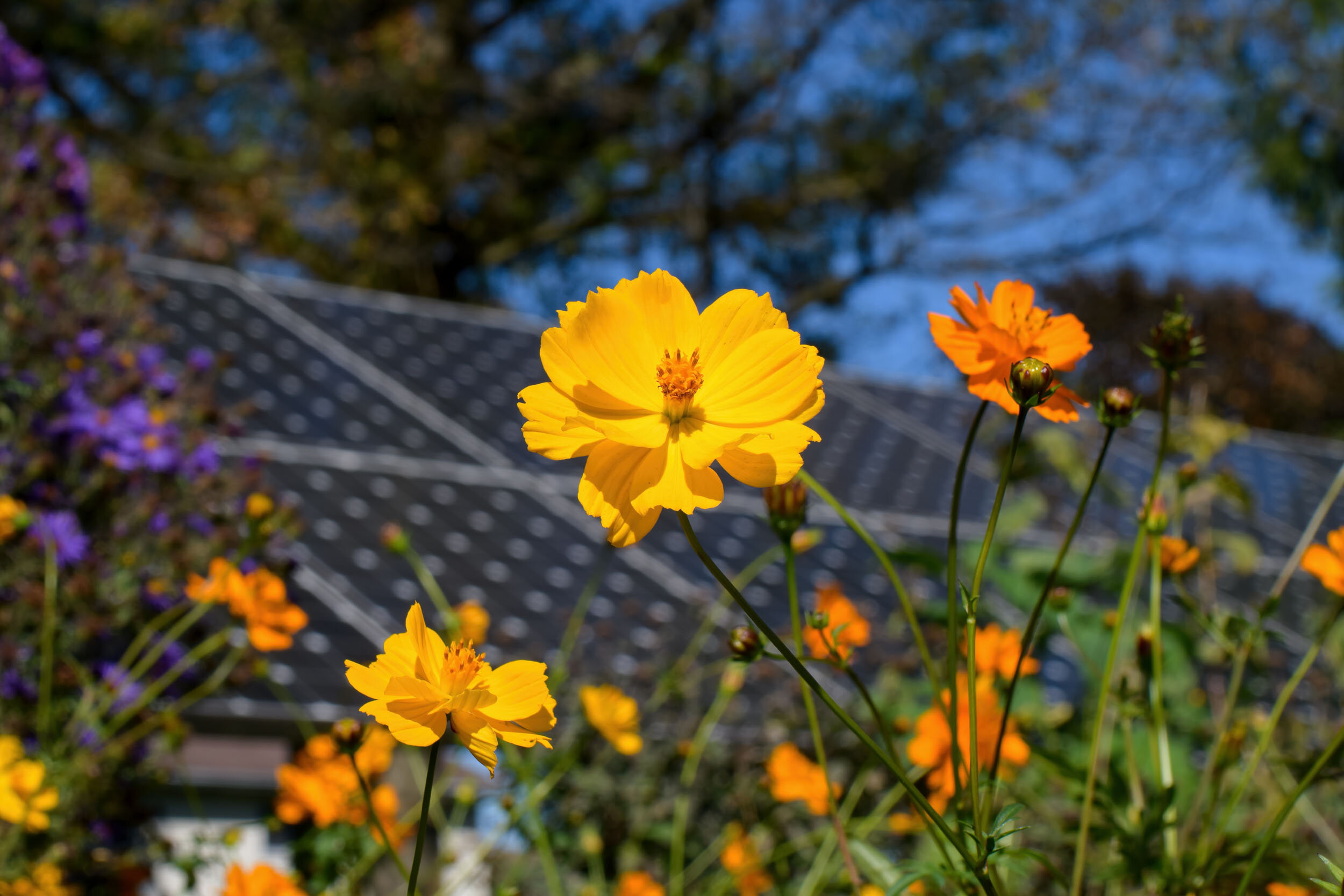
The future of water heating is here.
Heat pump water heating technology is a game changer for energy and utility bill savings.
Find out about the important work being done with advanced water heating in our newsletter and join us for our upcoming meeting on Thursday, December 11, 2025.
We will save 124 billion dollars on energy bills and 17 quads of energy over 30 years by switching from electric resistance and other legacy water heaters to heat pump water heaters. This is more than the energy use of the entire U.S. residential building sector in a single year.
The Advanced Water Heating Initiative is working to realize the significant energy savings potential of heat pump water heaters.
The Advanced Water Heating Initiative (AWHI) aims to scale heat pump water heater (HPWH) installations by shaping policies, building demand, bringing products to market, and educating the supply chain. Our mission is to make HPWHs universal in every home and business.
AWHI is a member-funded collaborative of building owners, utilities, federal agencies, state and local governments, manufacturers, engineers, installers, advocates, researchers, and building industry professionals from across the U.S.

Water heating accounts for a large share of energy use in buildings—up to 32% in single-family and multifamily homes.
Our mission is urgent. Let’s get started.
Utility bills are too high
A family of four will save on average $550 a year by choosing a heat pump water heaters over electric resistance.
Energy savings from HPWHs are substantial.
Transforming the water heater market in favor of HPWHs would reduce our national energy usage by 300,000 GWhs per year. That’s enough to power 25 million homes.
Taking action means good-paying jobs.
To transform the HPWH market, a growing corps of trained workers will be needed across the supply chain. That means local, jobs and investment to underserved communities.
Grid-connected HPWHs have huge demand response value.
This technology will enable operators to balance the grid during peak times. The demand response potential is 20-40 GW.





